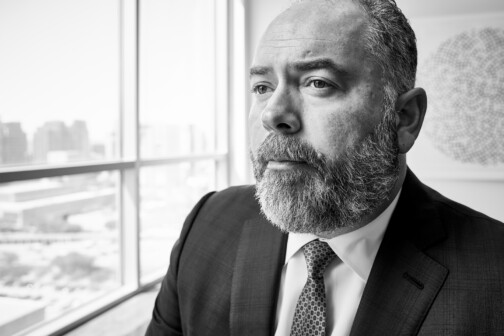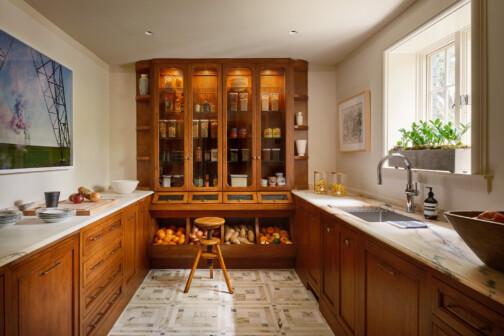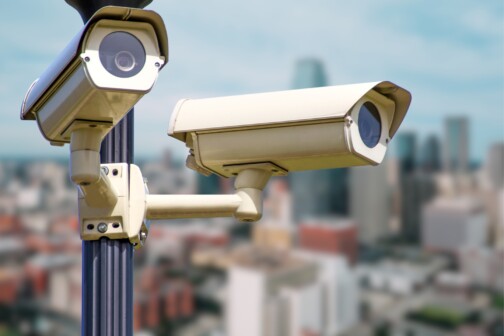Now that the Texas Rangers baseball team has changed hands from Fort Worth-ite Eddie Chiles to Dallasite George W. Bush, the president’s son, the team will be able to focus on two things: winning and moving out of the inadequate Arlington Stadium. Bush won’t comment on where he would like the team to play, but the city of Dallas, the Central Dallas Association (CDA). and some Dallas developers are setting up to put a squeeze play on Arlington.
Let’s assume that a stadium is built downtown for the Rangers. Who is going to pay for it? “There’s an unlimited number of possibilities,” says Mike Norwood, the city’s director of the Office of Economic Development. He says the options could range from the city building and operating the stadium, to Bush and his partners building it. leaving the city out of the deal. “The only thing the city has ruled out,” says Norwood, “are general obligation bonds.” That means the city will not use taxpayers’ money directly and there won’t be a bond election for building a Rangers Stadium.
But that doesn’t mean taxpayers won’t be saddled with some kind of financial obligation. New stadiums aren’t cheap. The cost of an open-air stadium begins at about $60 million, while a domed stadium can run up to $300 million. All of the domed stadiums in this country are or nave Been sub-sidized by taxes, usually the city’s hotel/motel tax. And most stadiums in the planning stage rely on contributions from cities-loan guarantees, donations of land, or parking facilities provided at city expense.
If everything went smoothly in negotiating a downtown deal and building the structure, a Finished stadium could be built in as little as five years. The stakes are high, not only in civic pride, but in enhancing the real estate values of downtown, which translates into a huge potential return on the buck. “In New Orleans,” says Donal Simpson of HOK Architects, which did the downtown stadium study for the CDA, “all the new high-rise office buildings have been built within walking distance of the Super Dome because they all make use of that parking”
The economic benefits generated directly by the stadium can reach $50 million or more a year, mainly by concessions and souvenirs, says James L. “Chip” Northrup, a developer whose partnership owns land near Farmer’s Market, one of the prime locations for a potential stadium.
“Having a downtown stadium.” says Northrup, “has become almost as much of a big-city trophy as a transit system.” Hopefully, considering our history with mass transit, building a downtown Rangers Stadium will be cheaper and much easier, too.
Get our weekly recap
Brings new meaning to the phrase Sunday Funday. No spam, ever.
Related Articles

Government & Law
The Lawyer Who Landlords Don’t Want to See in Court
Attorney Mark Melton started helping people on Facebook during the pandemic. Before he knew it, he’d assembled the country’s only group of lawyers focused full time on stopping illegal evictions—and saving taxpayers millions.
By Matt Goodman

Home & Garden
Kitchen Confidential—The Return of the Scullery
The scullery is seeing a resurgence, allowing hosts and home chefs to put their best foot forward—and keep messes behind closed doors.
By Lydia Brooks



